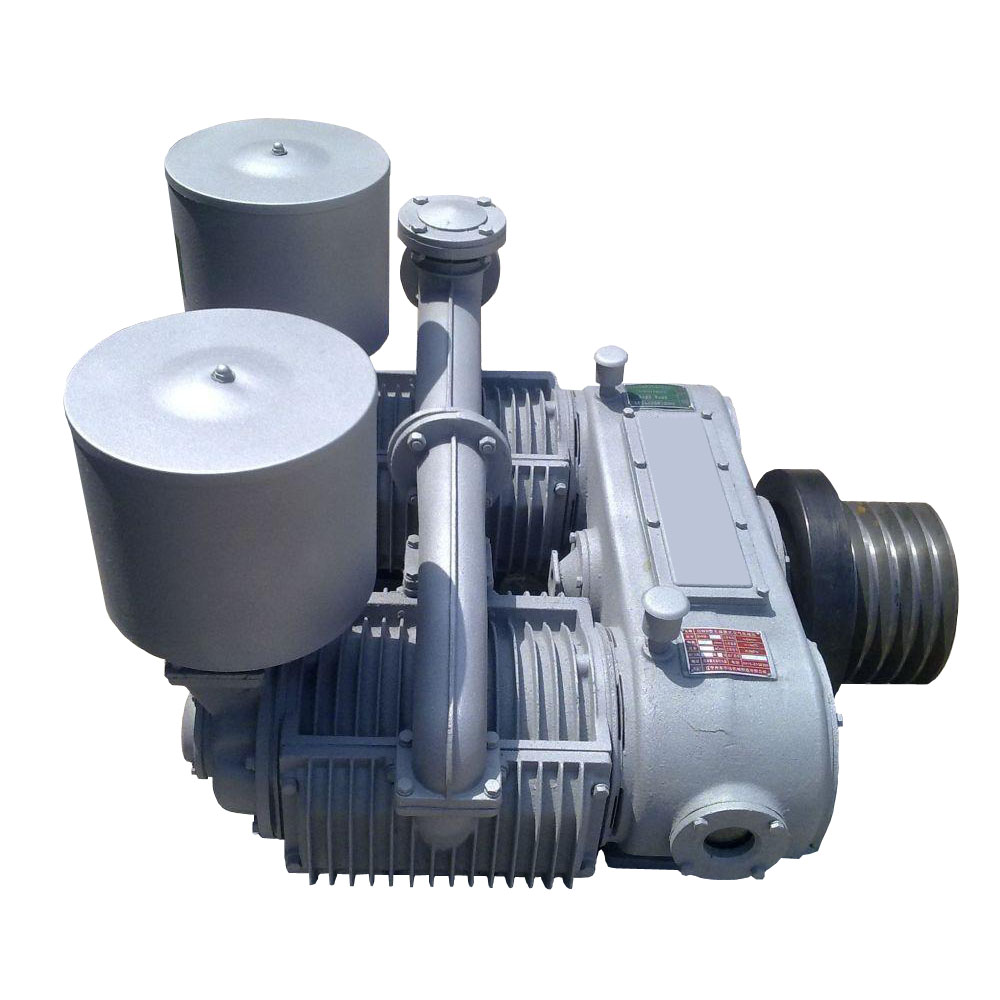
Import the JPG to the app, convert it to a PDF, compress it, then convert it back to JPG-a few clicks, and you’re done! This makes sharing images from your mobile device quick and easy. With the Smallpdf Mobile App, you can compress your JPGs on the go. Yes! You have two choices: Simply visit our website on your mobile through your browser and follow the steps described above or use our practical mobile app. Whichever you throw at us, we’ll compress it for you and save the output file as a JPG-easy-peasy! Can I Compress JPGs on My Mobile?
Image compressor download#
It gives you plenty of time to further work on and finally download your file.Īnd remember, you can also compress other image formats, such as BMP, TIFF, GIF, and PNG. This hour serves as a timeframe for you to use our many other tools to optimize your JPEG further. If your image is still too big, you can lower the file size by also lowering the quality of the image. This will affect the image quality as minimally as possible.

Depending on the format you are choosing (JPG, PNG, or other), you can choose a compression level. At Smallpdf, we scan our system every five minutes and remove any uploaded files that have spent more than one hour in our system. An image compressor can reduce the file size of an image in different ways. This is something you don’t need to worry about at all. Can I Remove My JPEG Files From Your Site?
Image compressor for free#
After all, this compression mode can reduce the size of your image by up to 75%! Strong compression is a Smallpdf Pro feature, but you can try it out for free with a 7-day free trial. This option will reduce the image size even more, but it may affect the quality of your JPG files. If the compressed image file is still too big, repeat the process using strong compression. While traditional image compressors may compromise some of your images’ quality for a smaller file, we ensure that the color, formatting, and text content remain intact. Selecting a region changes the language and/or content on online tool will make sure that your images are in perfect condition by removing repetitive patterns and cutting down their size as much as possible. So, when you need to decide between compressing an image and resizing it, think ahead to what you may need that image for in the future - and always keep a copy of your original picture, just in case. This comes in handy when you need to store your down blanket away for the summer, but you might regret it when winter comes around. The aspect ratio - that is, the dimensions of length and width - will be different than before. With image resizing, think of it as tailoring your blanket from a king size to a twin size. In both cases, you still have the same basic blanket, but one will be slightly fluffier than the other. Or, if you need to make the blanket even smaller, you could remove some of the feathers before packing it up. Think of it like a fluffy down blanket - you can reduce its size by packing it into a box. This is extremely useful if you plan to use these images on your.

However, there are critical differences between the two techniques that you should know if you want to set up your image files for success.Īs you learned above, image compression reduces the amount of visual information in a file. Bulk Image Compressor ensures that there is negligible loss in image quality after compression. Compression and resizing are similar concepts - both can make your file sizes smaller.


 0 kommentar(er)
0 kommentar(er)
